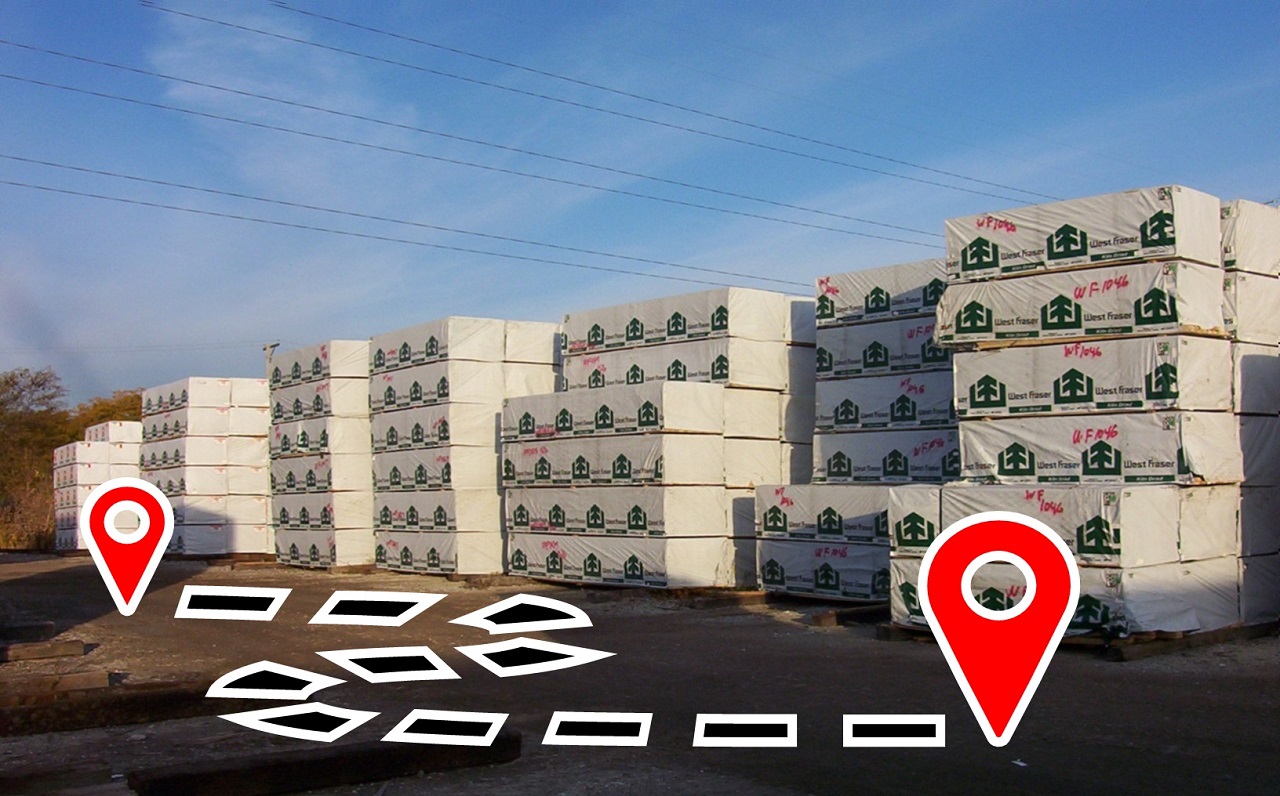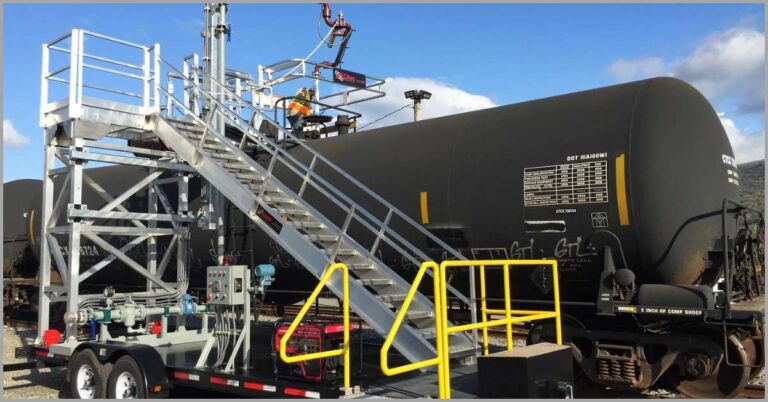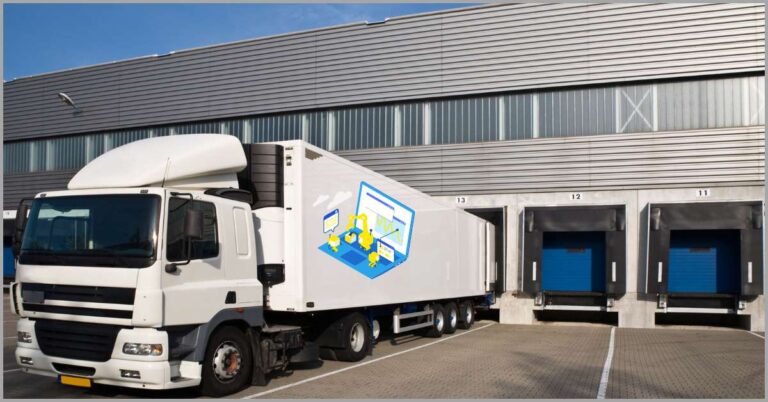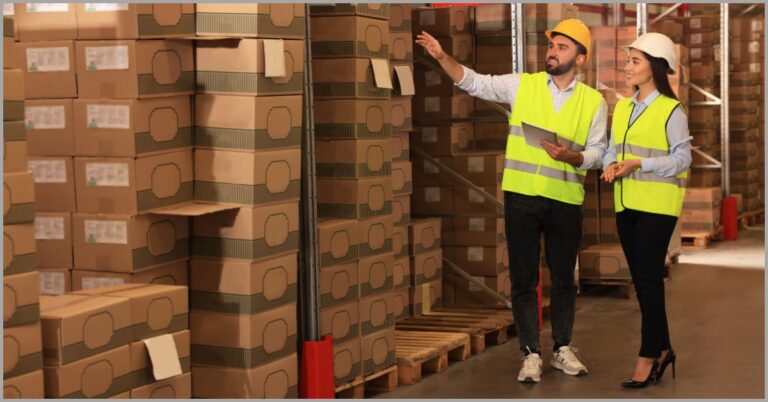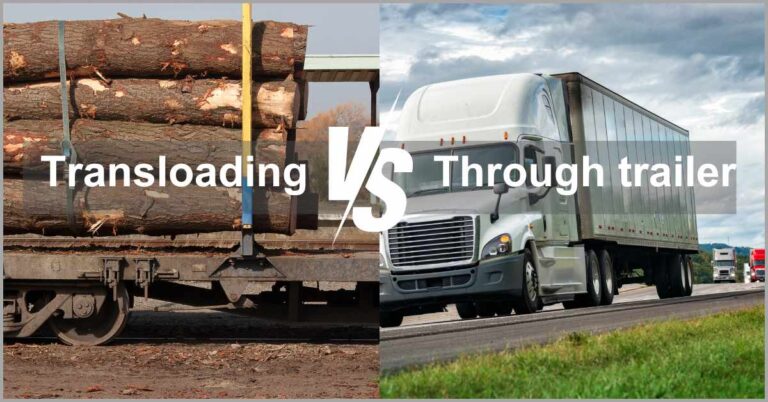yard location management : reality check
failure of warehouse management software
Virtually all Inventory Management systems utilize a standard Warehouse Location Management methodology which runs up against the realities of a transload yard. Here we consider the pros and cons of classical location management vs location management scheme that was purpose-built for transloads.
Each software system operates on a number of assumptions to model business operations. The closer the assumptions match the reality the more effective is the software at delivering desired value. However, when the underlying assumptions depart from reality, the system quickly becomes obsolete, and users abandon best practices in order to work-around the platform’s limitations.
The classical location management approach assumes fixed-size locations fit for very specific commodities, such as palletized goods, or drums. For instance, a fixed location would have defined dimensions of one, two, or three pallets. Furthermore, these systems do not allow to place different items in a single location – only identical goods can go into one location. This model works great for warehouse management where the business handles a fixed subset of identical, fixed-size goods, packaged in pallets, boxes, or drums.
A typical, small to medium-size, transload yard often handles commodities of varied sizes and dimensions such as lumber, cable spools, steel beams, and even wind turbine blades. This is where the reality clashes with the assumptions of fixed-size locations to fit fixed-size goods. Let’s examine how the classical model breaks down.
Assumption one: fixed-size goods that conform to fixed-size locations. This assumption is fundamentally wrong, as your transload is more likely to handle different-sized goods. Therefore, you will be forced to violate system assumptions and instead assign large, aisle-sized locations to handle oversized loads. The benefits of fixed-size location management then break down.
Assumption two: one good per location. If you are using a typical inventory management system and define large, aisle-sized locations, the system will not allow you to store and record different goods / shipments in the same aisle. Therefore, you are left with half-empty aisles, and start looking for a workaround the system to utilize the unused lot capacity. This is the second critical breakdown.
Working with experts who managed transload operations for decades, transloads.co decided to capture their best practices, instead of building on top of an off-the-shelf inventory management system as most vendors do to cut costs and development time. Therefore, our purpose-built yard management system, operates differently. Let’s see how.
We recommend following transload best practices of naming large, aisle-sized locations (aisle number, side A and side B is the best). Transloads.co allows you to store and track multiple goods and shipments in each aisle, thus maximizing capacity utilization. This change in underlying assumptions, which better matches the reality of a transload yard, means that you can fully utilize your entire lot, track each shipment in the system, and not have to resort to any workarounds in Excel or on paper. With this location management model, lot number management is the key to success. Transloads.co supports both perpetual (FIFO) and carlot shipment tracking with auto-generated lot numbers.
Equally important to our approach and design philosophy is respect for human intelligence in combination with systems intelligence. We provide systems-based location tracking, but also supplement it with ability to photograph inventory items at their location, thus empowering the worker to validate system record with their own judgement. This way, you get best of both worlds, where the human and the system are there to validate each other’s accuracy.
To discuss your business needs, please get in touch with one of our experts at support@transloads.co.

